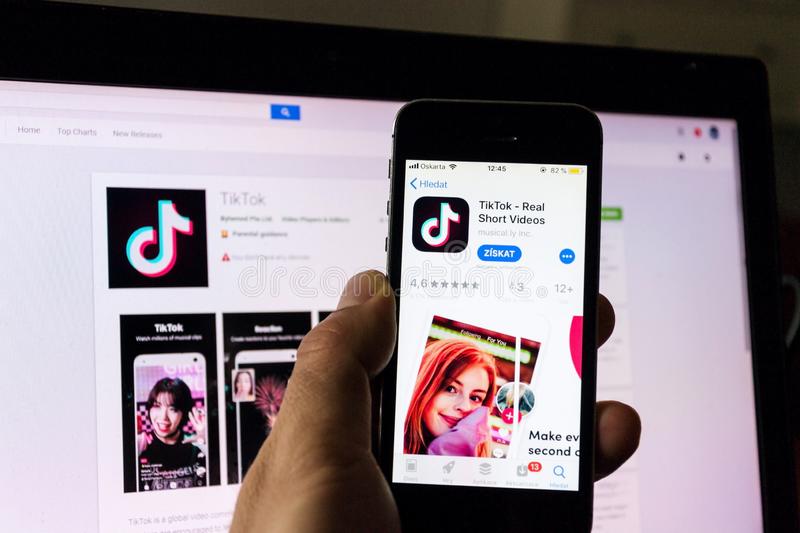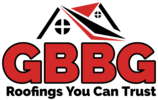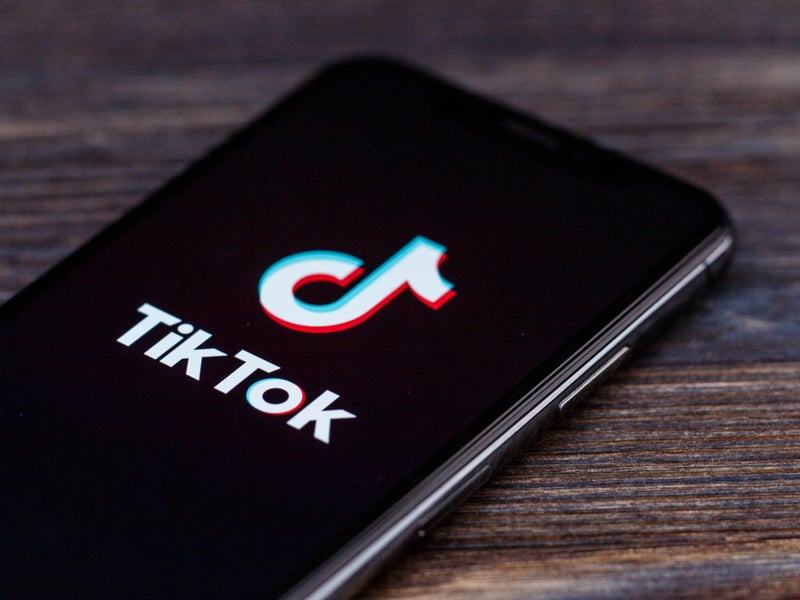The ultimate TikTok video guide
Your definitive guide to TikTok: the streaming application that takes seconds
Even though Musical.ly has retired and Vine is turning in its grave… the TikTok app has brought back to life the 15-second videos of teenagers doing playback and performing live meme challenges.
Launched in September 2016, TikTok has become the world’s fastest growing application used among the millennials, with over 80 million users in the United States and some 795 million international users, surpassing Musical.ly, which had 100 million users of its own.
Unlike the above applications, TikTok focuses on music rather than comedy, and is limited to playback, dance, parkour, challenges, magic tricks and fails. TikTok allows users to control their creativity without restrictions on clothing and dance moves.
Economics and growth of streaming
The iOS and Android TikTok app is free to use without registering or creating an account, unlike Live.ly or Captioned, the IGTV app or even YouTube Red. Usually, Tiktok stars move on to YouTube monetization, Instagram sponsors or brand deals when faced with the crisis of having a decent life as an influencer. Other platforms are based on increasing their audience growth with disposable income unlike TikTok, which has not yet implemented advertising space.
Like most social networking applications, TikTok has achieved its success thanks to followers who like and comment on the content, as well as hashtags that allow users to find related content by topic. Promoted by Jimmy Fallon and DJ Khalid, TikTok has received a large number of new users in the United States.

By simply tweeting #tumbleweedchallenge on The Tonight Show, viewers were able to interact with the program by acting as a desert tumbleweed and uploading their video versions to buy tiktok likes. This was the biggest interaction TikTok has received since its launch. This particular challenge generated over 8000 submissions with 10.4 million views.
How can TikTok use your business?
Companies in the United States have begun to experiment with the promotional benefits of the TikTok application. These campaigns use the TikTok “challenge” concept by designing custom challenges to promote their business while offering new music clips for users to play, some with great prizes.
A McDonald’s in Malaysia created a contest called the “BigMacTikTok Challenge,” in which users had to dance to a pre-recorded music clip from #BigMacTikTok that the company had created. After completing the video, the user had to submit it through the official McDonald’s application. This promotion allowed all users who submitted a video to get a free Big Mac and some selected videos won cash prizes.
The luxury fashion brand Guess also partnered with TikTok to create a millennium campaign targeting Generation Z during 2018. Every time users opened the application, they were automatically directed to the #InMyDenim challenge urging them to post videos with the selected hashtag.
It was the first hashtag promotion on TikTok in the United States, and although unlike McDonald’s there were no prizes, that didn’t stop thousands of users from posting videos with the Guess hashtag.
Implementing TikTok into your digital strategy
An outstanding feature of TikTok is that there are no advertising or monetization methods within the application. By disabling advertising pop-ups and monetization, users enjoy a more enjoyable and comfortable experience.
This also allows companies to gain greater benefits through hashtag challenges. By displaying products through the hashtag challenge, companies get valuable content and free marketing ideas to publish on other platforms, with authenticity being the most respected marketing strategy.




